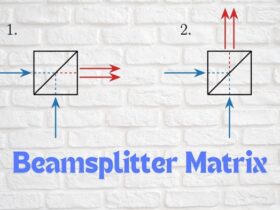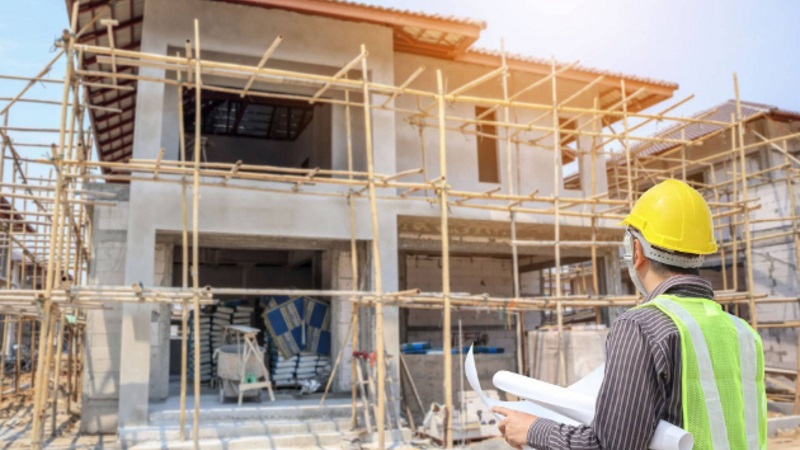One of the major advantages of buying new-build homes is that you can expect them to perform reasonably well when it comes to energy efficiency. Homes that are built recently, after all, are required to comply with a more stringent set of building regulations than those built years ago.
But exactly what differences should we look for? Let’s take a look.
Energy Efficiency Standards in New Build Homes
The average new-build property uses just under ten thousand kilowatt-hours in a given year. This compares to just over twice that for existing buildings. This can be explained by technological improvements, and by regulations. For example, in 2022, part L of the Building Regulations came into force, effectively lowering emissions by a third. This was a stepping stone to the Future Home Standard, which aims to deal with hot water and heating systems, while reducing waste.
Key Features to Look for in an Energy-Efficient New Build
If you’re considering a new build, there are a number of special features that will help to reduce your energy consumption.
Certain features, like double glazing and insulated walls and lofts, are a requirement. Others, like solar panels and smart heating systems, are optional extras. If you’re considering a home with solar panels, then consider the effect they might have on the resale value of the property – and what impact the harvested energy will have on the amount you pay every month.
Long-Term Savings from Energy-Efficient New Builds
According to data from the Home Builders Federation, the average new-build homeowner saves around £1,600 every year, compared with those who have purchased the average older properties. If flats and bungalows are removed from the statistics, this figure rises to around £2,200. This is a substantial saving that might justify paying a higher price for the property?
Financing and Incentives for Energy-Efficient New Builds
But what if you can’t afford to pay a higher price? Fortunately, there are plenty of government schemes designed to incentivise greener homes. The Energy Company Obligation (ECO) might allow you to insulate cavity walls and lofts at a lower cost – if you can work out the eligibility criteria.
For the most part, you can expect to be covered if you are on a low income. However, it’s worth bearing in mind that future budgets might provide more incentives to homeowners looking to convert their existing properties, as well as buy new ones.



















Leave a Reply